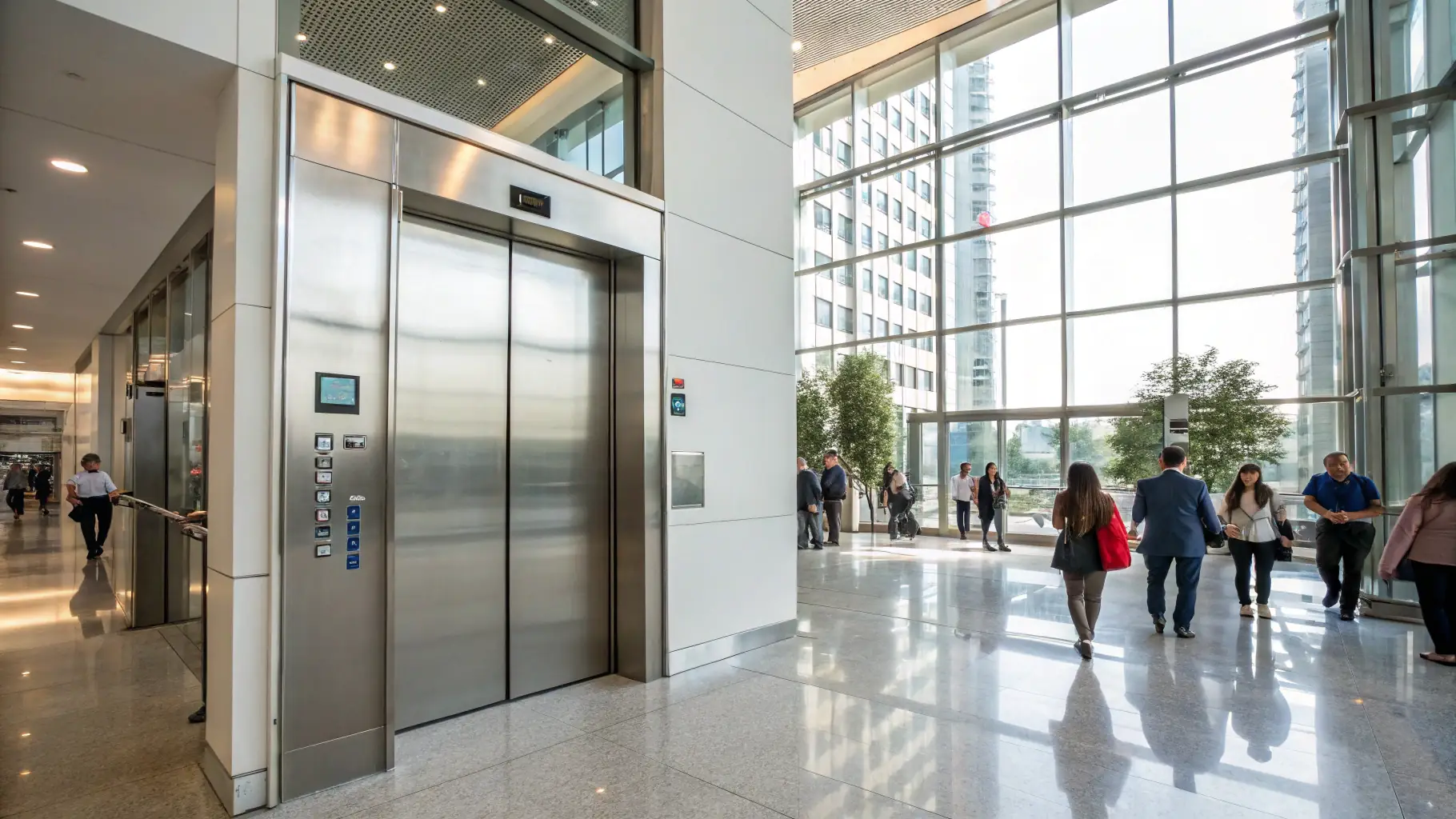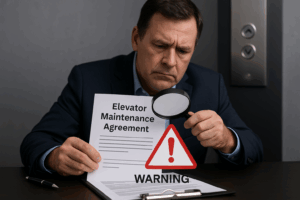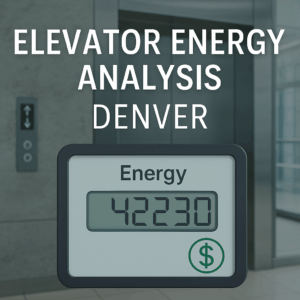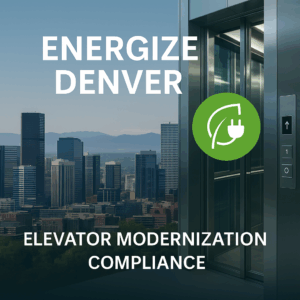Elevator litigation can be complex and costly, involving various parties and legal procedures. Building owners need to understand the potential risks and liabilities associated with elevator malfunctions and ensure compliance with safety regulations. Proper maintenance and inspection protocols are crucial to prevent accidents and potential lawsuits. Understanding the legal landscape surrounding elevator safety is essential for building owners to mitigate risks and protect their interests. Different types of elevator malfunctions can lead to litigation. For example, issues with brakes, controls, or safety mechanisms can result in accidents and injuries, potentially triggering legal action. Building owners must have a robust system for addressing maintenance issues promptly and effectively. This includes regular inspections, prompt repairs, and documentation of all maintenance activities. Navigating elevator litigation requires a thorough understanding of relevant codes and regulations. Building owners should consult with legal professionals and experts to ensure compliance and minimize potential liabilities. Understanding the specific legal requirements in your jurisdiction is crucial. This includes staying informed about any updates or changes to relevant codes and regulations.
Avoid Risky Elevator Maintenance Contracts: Why Colorado Building Owners Need Argon’s VTPMA
The Problem: “Boiler-Plate” Elevator Service Agreements Elevator companies present a take-it-or-leave-it maintenance contract which exposes



